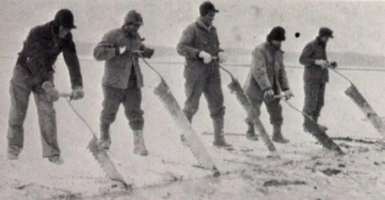These 20 Professions Used to Exist – But No Longer Do
Before automation, digital technology, and social progress changed the workplace landscape, numerous occupations kept society functioning. These obsolete careers, while strange by modern standards, were once crucial to daily life.
Here is a list of 20 professions which used to exist – but are now just a memory of the past.
Knocker-Up (1760s-1950s)
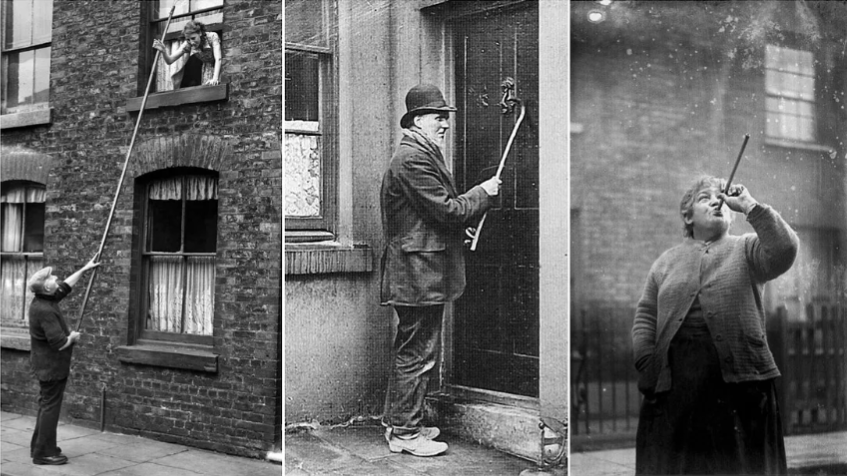
Before alarm clocks became household items, professional human alarm clocks roamed city streets. These early risers, armed with long sticks to tap on windows, ensured factory workers made their shifts.
The last knocker-up retired in Bolton, England, in 1973.
Ice Cutter (1800s-1940s)
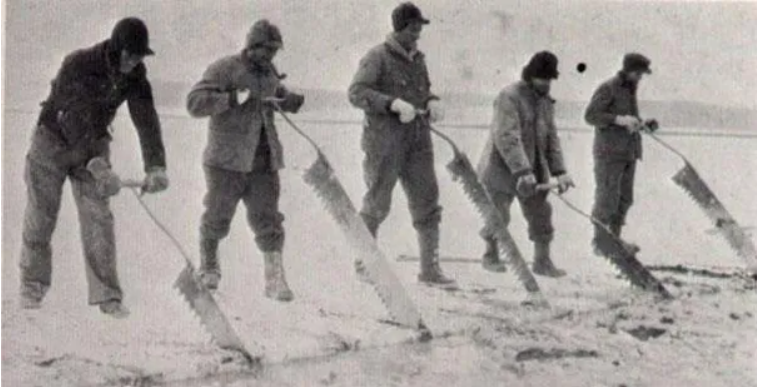
Teams of workers harvested natural ice from frozen lakes and rivers during winter months. Using massive saws and horses, they cut huge blocks for year-round refrigeration.
The advent of electric refrigeration made this dangerous profession obsolete.
Like Go2Tutors’s content? Follow us on MSN.
Rat Catcher (Middle Ages-1920s)
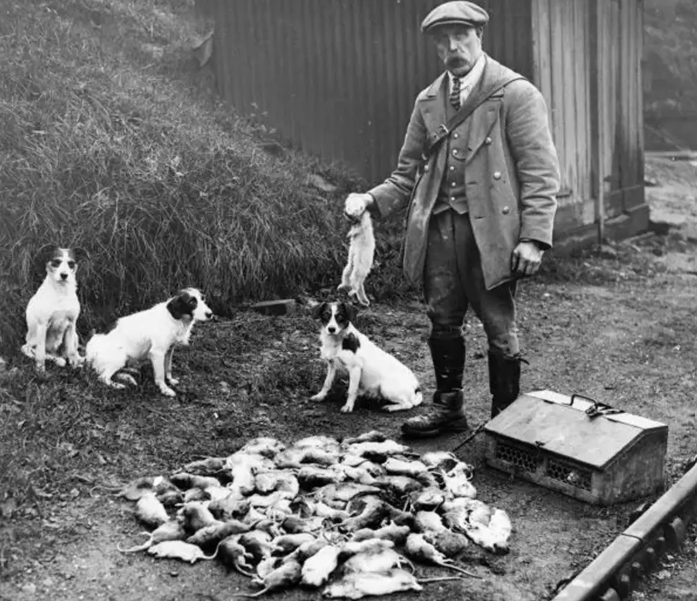
Professional rat catchers protected cities from rodent-borne diseases. Their skills included tracking, trapping, and often maintaining teams of specialized dogs.
London’s last official rat catcher retired in 1923 and was replaced by modern pest control methods.
Lamplighter (1700s-1950s)
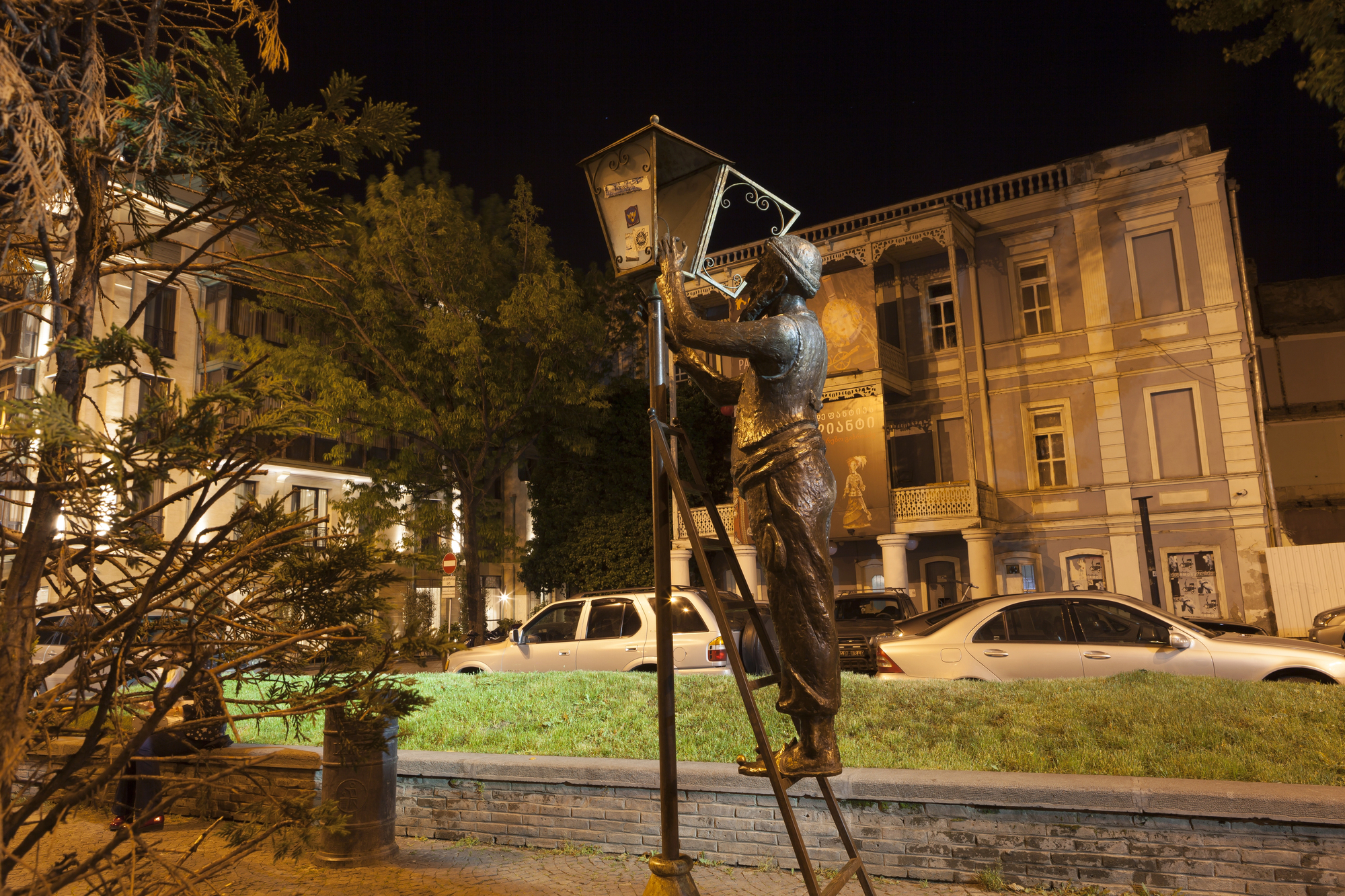
Every evening, these dedicated workers lit gas street lamps across cities worldwide. Carrying long poles, they moved from lamp to lamp, bringing light to dark streets.
Electric streetlights eventually eliminated this atmospheric profession.
Switchboard Operator (1878-1980s)
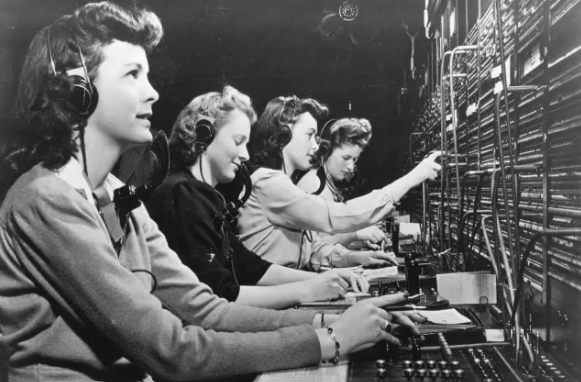
Manual telephone exchanges required operators to physically connect calls by moving cables between jacks. These predominantly female workers handled millions of connections daily until automated switching technology took over.
Like Go2Tutors’s content? Follow us on MSN.
Log Driver (1800s-1970s)
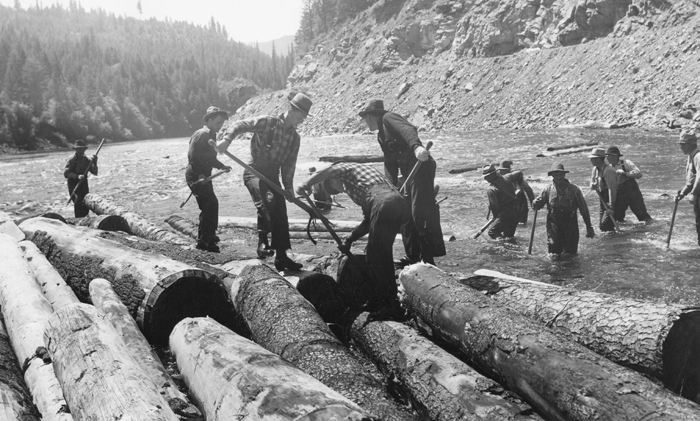
Skilled workers guided massive log rafts down rivers from forests to sawmills. This dangerous job required incredible balance and coordination.
Modern trucking and rail transport ended this hazardous profession.
Pinsetter (1890s-1950s)
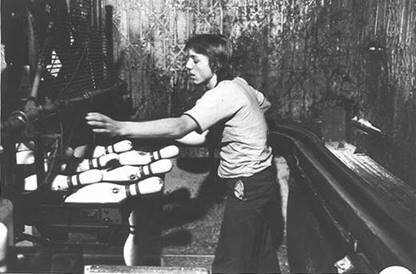
Before automated bowling alleys, pinsetters manually reset pins and returned balls to players. Often, young boys worked long hours in noisy conditions.
The invention of the automatic pinsetter in 1946 gradually eliminated this job.
Town Crier (Medieval Times-1900s)
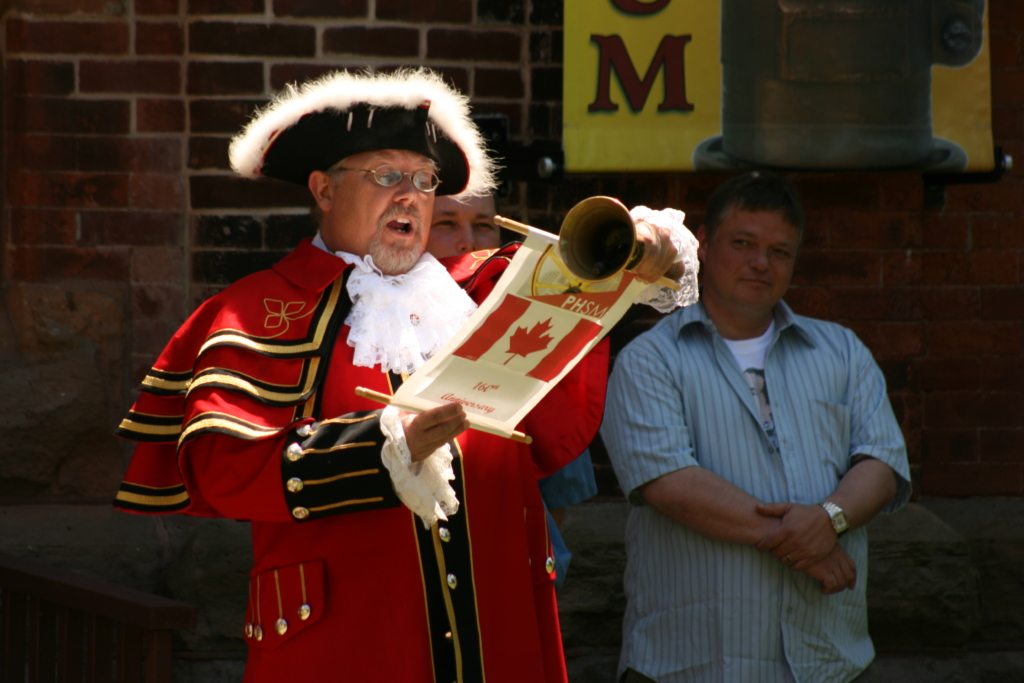
Official news broadcasters walked streets announcing proclamations, local news, and advertisements. Their distinctive “Oyez! Oyez!” calls preceded important announcements.
Modern mass media made town criers ceremonial rather than functional.
Like Go2Tutors’s content? Follow us on MSN.
Milkman (1800s-1970s)
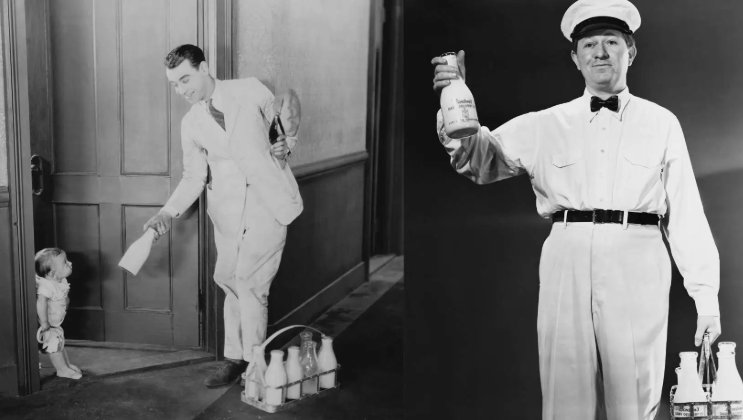
Daily door-to-door milk delivery was once common in most towns. Milkmen delivered fresh dairy products and collected empty bottles before dawn.
Supermarkets and home refrigeration ended this personalized service.
Computer (1750s-1950s)
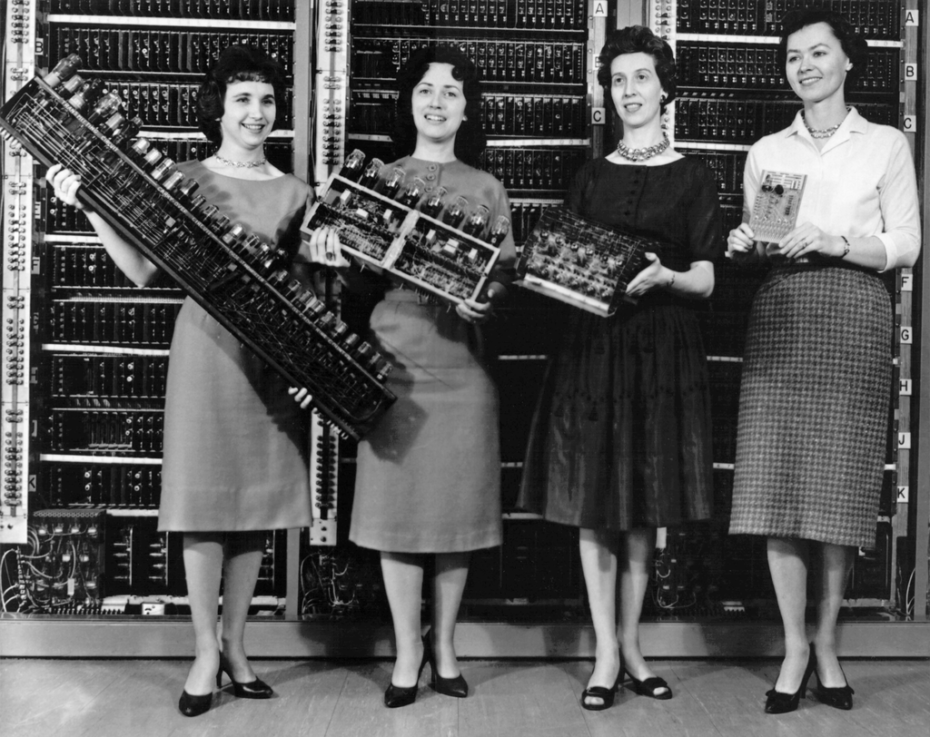
Human computers, often women, performed complex mathematical calculations by hand. These skilled mathematicians supported everything from astronomy to wartime ballistics.
Electronic computers eventually replaced their manual calculations.
Resurrectionist (1700s-1830s)
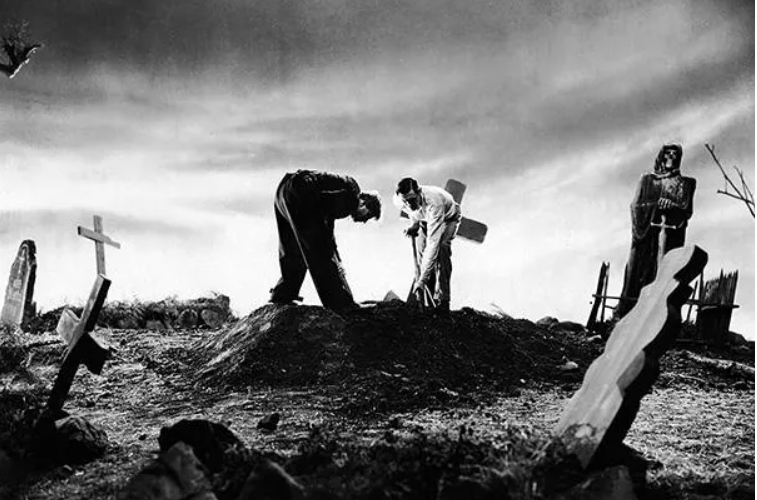
Body snatchers supplied medical schools with cadavers for study. This illegal but tolerated profession ended when laws allowed the legal donation of bodies to science.
Edinburgh’s famous Burke and Hare were among the last known resurrectionists.
Like Go2Tutors’s content? Follow us on MSN.
Lector (1800s-1930s)
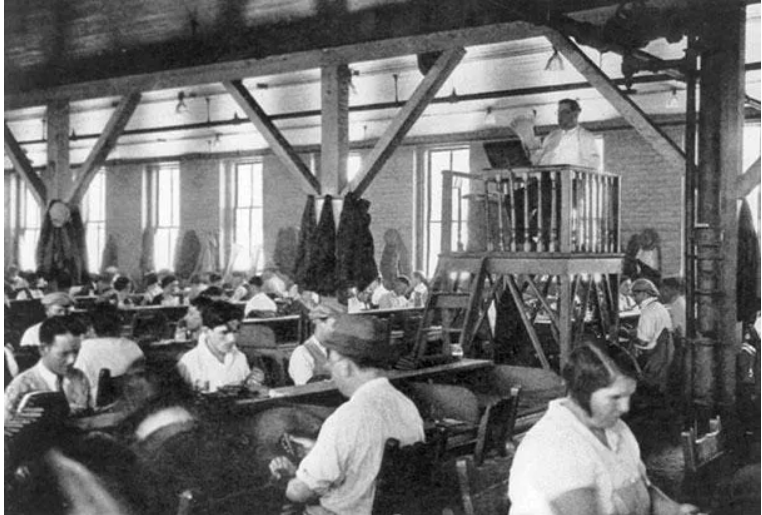
Factory workers hired people to read newspapers and literature aloud during repetitive work. Lectors kept workers informed and entertained before radio became common.
Some Cuban cigar factories maintained this tradition until the 1930s.
Ice Man (1800s-1960s)

Regular ice deliveries kept food fresh before electric refrigeration. Icemen carried heavy blocks up multiple flights of stairs daily.
The last major ice delivery service closed in New York City in 1968.
Telegraph Operator (1830s-1990s)
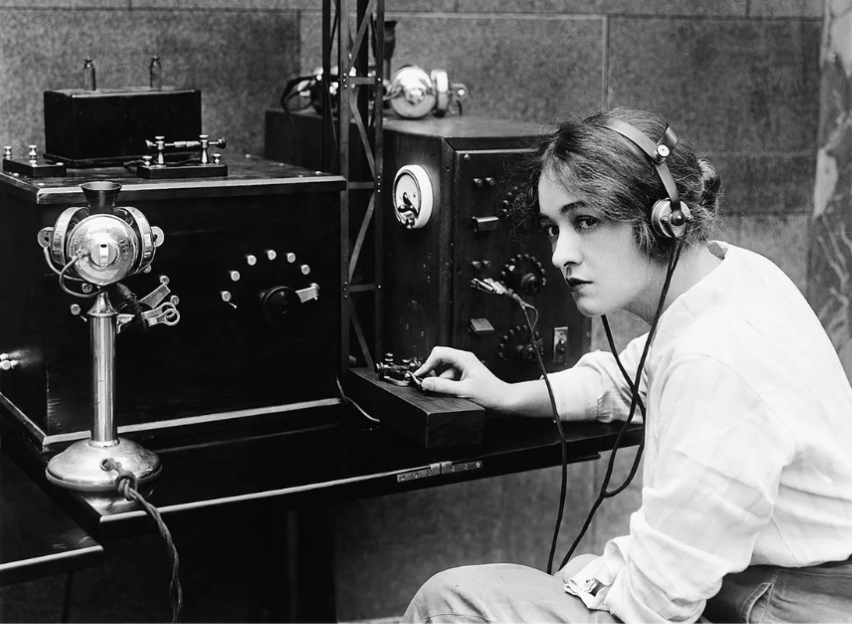
Skilled operators transmitted messages across continents using Morse code. This crucial communication role gradually disappeared as newer technologies emerged.
Western Union sent its last telegram in 2006.
Like Go2Tutors’s content? Follow us on MSN.
Linotypists (1880s-1980s)
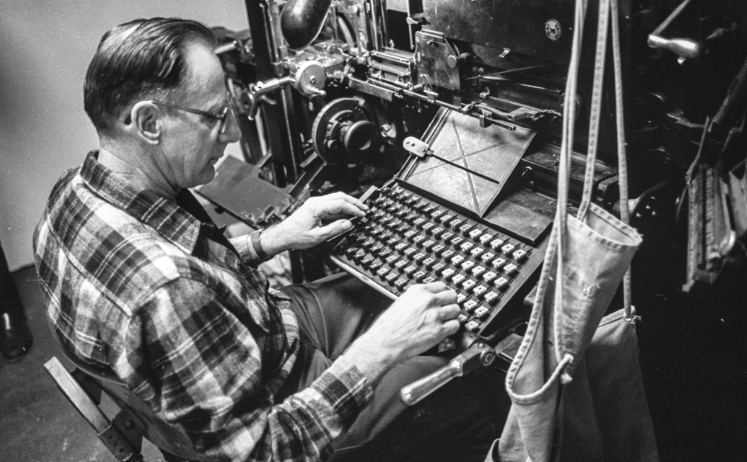
These specialized typesetters operated complex machines producing lines of metal type for printing. Digital printing technology made both the profession and its machines obsolete.
The last daily newspaper linotype machine stopped in 1984.
Plague Doctor (1300s-1700s)

Distinctive bird-masked physicians treated plague victims using medieval medical theories. Their iconic appearance represented the cutting-edge medicine of the time.
Modern medical understanding rendered their methods obsolete.
Gandy Dancer (1800s-1960s)
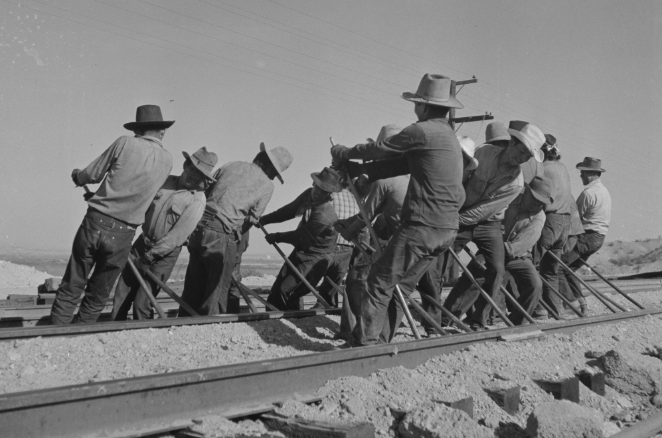
Railroad track maintenance workers used coordinated movements and songs to align rails. Their name came from the Gandy Manufacturing Company’s tools.
Mechanical track maintenance equipment replaced these rhythmic workers.
Like Go2Tutors’s content? Follow us on MSN.
Fuller (Ancient Times-1800s)
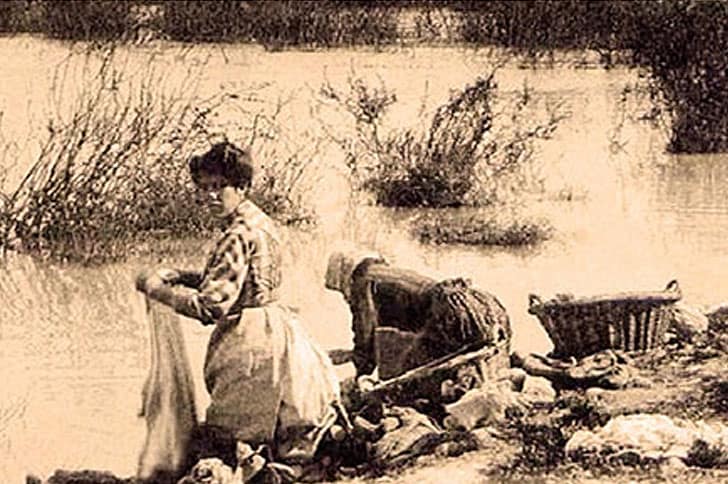
These workers cleaned and thickened wool cloth by stomping it in tubs of water and urine. The profession dates back to Roman times.
Industrial washing machines eventually replaced this ancient trade.
Phrenologists (1800s-1940s)
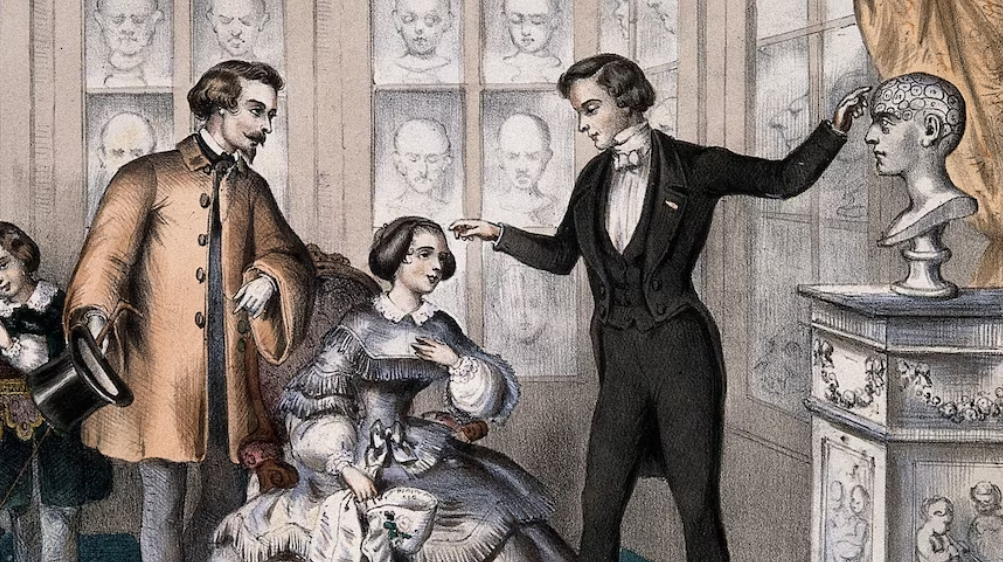
These pseudo-scientists “read” personality traits and mental faculties by examining skull shapes. Popular in Victorian times, phrenology offices were common in major cities.
Modern neuroscience discredited this practice entirely.
Street Orderly Crossing Sweeper (1700s-1900s)
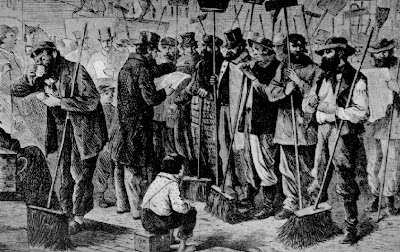
Before paved roads and mechanical street cleaners, these workers kept pedestrian crossings clear of horse manure and mud. Using wide brooms, they created clean paths for wealthy pedestrians to cross the streets.
Some earned regular tips from merchants wanting clean entrances to their shops. The advent of automobiles and mechanical street cleaning gradually eliminated this profession.
Like Go2Tutors’s content? Follow us on MSN.
The Evolution of Work
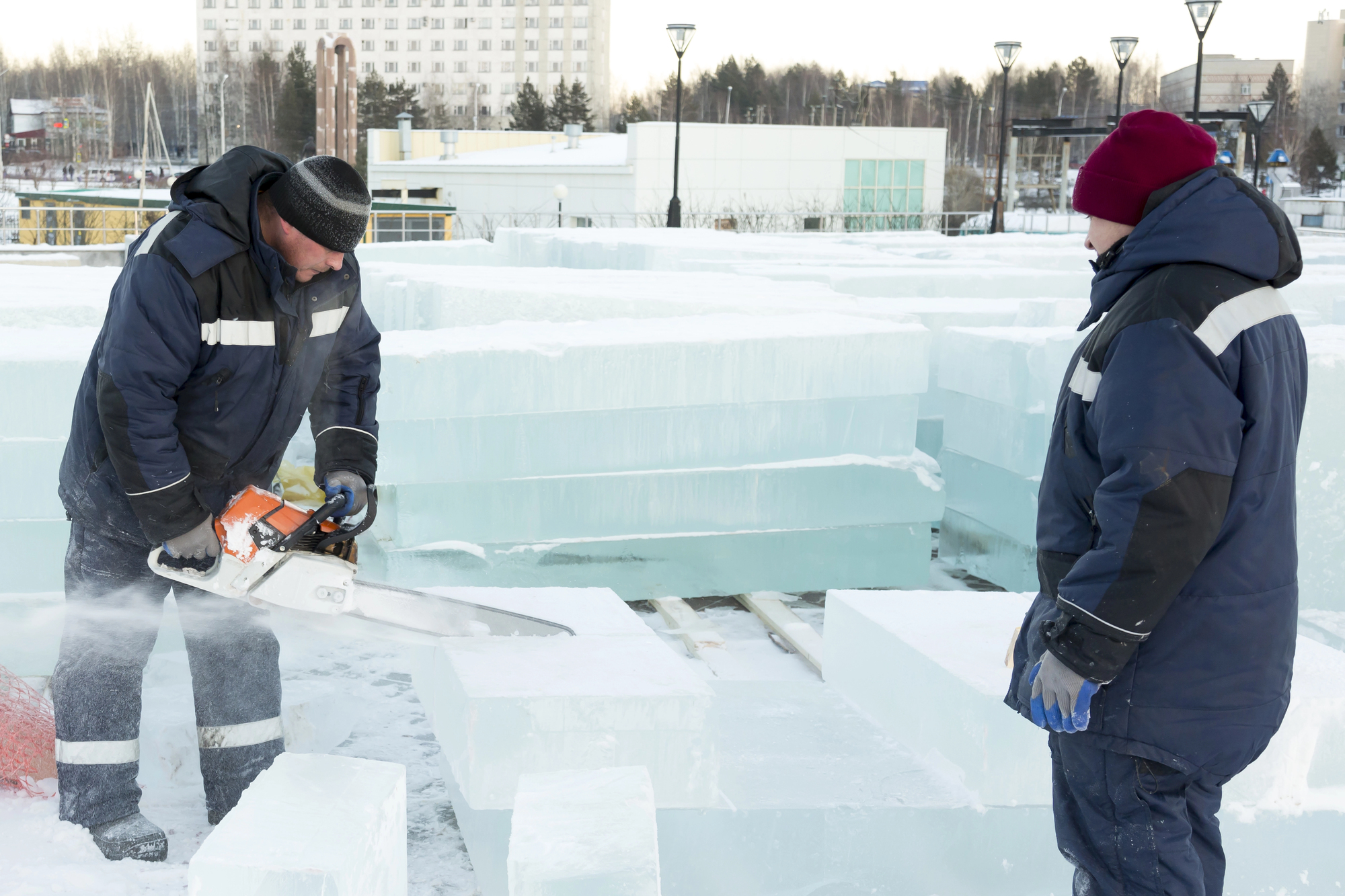
As technology advances and society changes, occupations continuously transform. While these professions have vanished, they remind us how human ingenuity adapts to changing needs.
Today’s common jobs might seem equally strange to future generations as workplace evolution continues, reshaping how we earn a living.
More from Go2Tutors!

- 15 Unforgettable Candy Bars From The 60s and 70’s That Disappeared Too Soon
- 15 Myths About Famous Historical Figures That Aren’t True
- Famous Battles: How Much Do You Really Know About U.S. History?
- 20 Historical Artifacts That Scientists Can’t Explain
- 15 Little-Known Facts About Famous Historical Events
Like Go2Tutors’s content? Follow us on MSN.



